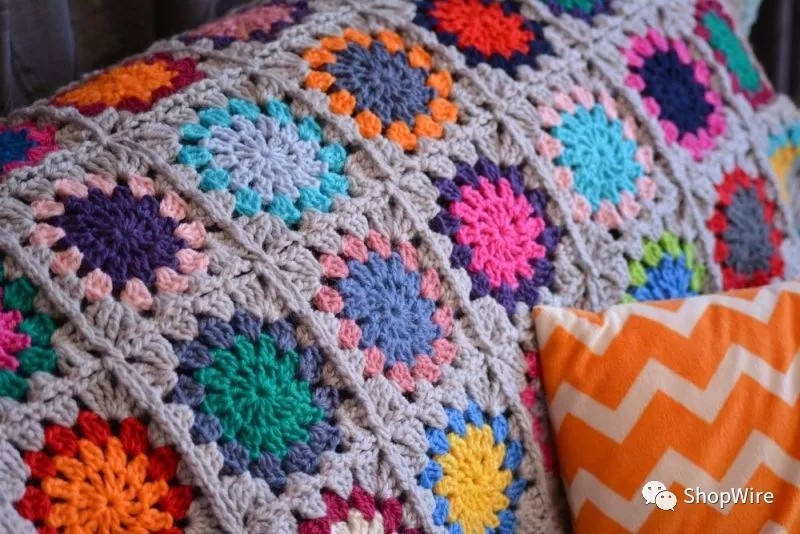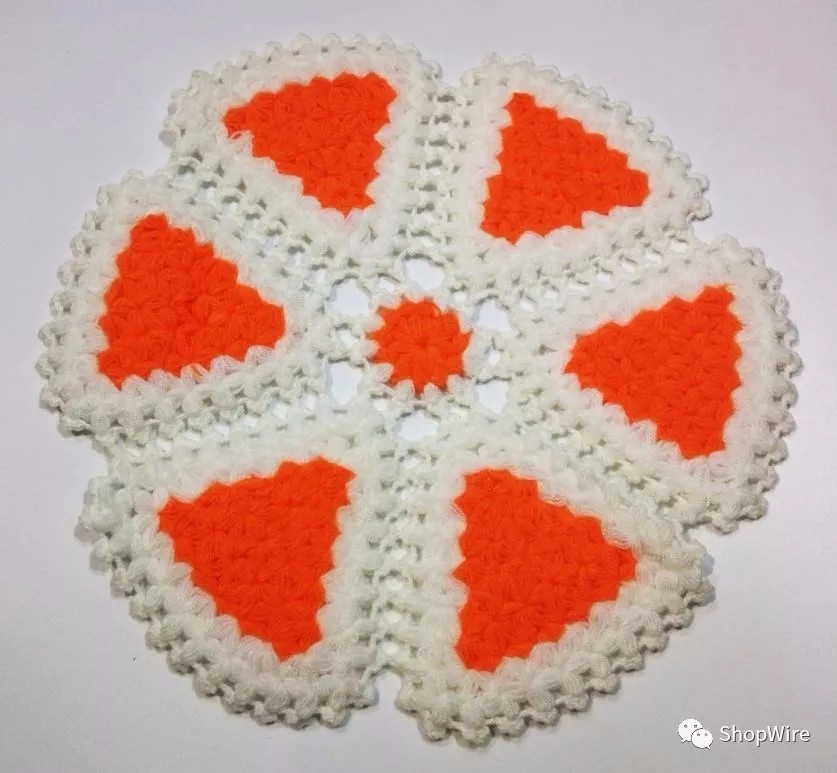|
A History of Crochet Patterns
The earliest known recorded crochet patterns where printed in 1824, and yet there is a great deal of evidence pointing to the fact that woman particularly have been recording and sharing crochet patterns since well before then. While the exact origins of Crochet are unclear as the skill was originally word of mouth, Lis Paludan theorises that crochet evolved from traditional practices in Iran, South America or China, but there is no decisive evidence of the craft being performed before its popularity in Europe during the 19th century. What is Crochet Crochet is a process by which yarn or thread and a single hook of any size can be used to make fabric, lace, garments and toys. Crochet may also be used to make hats, bags and jewellery. Crochet as we say in the English Language is derived from the French wordcroche, which literally means hook. Like knitting, crochet stitches are made by pulling the yarn through an active loop. While knitting involves a row of open active loops (or stitches) the process of crochet only uses one loop or stitch at a time. A variety of textures, patterns and shapes can be created through varying tension, dropping and adding stitches, and wrapping the yarn around the hook during a stitch. There is no limit to the materials that can be used to crochet. Throughout history people from all over the world have used thread, wool, yarn, grass, rope, wire, silk; even dental floss and hair have been crocheted. An article by Ruthie Marks states that ‘Research suggests that crochet probably developed most directly from Chinese needlework, a very ancient form of embroidery known in Turkey, India, Persia and North Africa, which reached Europe in the 1700s and was referred to as “tambouring,” from the French “tambour” or drum. At the end of the 18th century, tambour evolved into what the French called “crochet in the air,” when the background fabric was discarded and the stitch worked on its own. Sharing the Art of Crochet For a long time the skill of Crochet was shared verbally between friends and family; stitches and patterns where copied directly from original work. This resulted in highly inaccurate crochet making, and an evolution away from the original piece the more times an item was copied. What evolved from this practice was the simple idea that specific stitches could be learnt and shared via a small sample that could be made and kept as a main reference in each house. Samples of stitches were eventually made and then stitched onto scraps of paper to make a type of soft book that could be passed around through women’s circles. In her travels, author Annie Potter found some of these scrapbooks -dating from the late 1800s- still in use by nuns in Spain. The first printed crochet patterns were from 1824 and were typically luxury patterns for purses of gold and silver silk thread. These early patterns, which often were not accurate, would drive a modern crocheter crazy. An eight-pointed star, for example, might turn out to possess only six points. The reader was expected, it turns out, to read the pattern but to use the illustration as the more accurate guide. these patterns still relied on the reader copying from the original image. It relied heavily on the crocheters intuition for stiches and reading patterns and pictures. ‘Crochet began turning up in Europe in the early 1800s and was given a tremendous boost by Mlle. Riego de la Branchardiere, who was best known for her ability to take old-style needle and bobbin lace designs and turn them into crochet patterns that could easily be duplicated. She published many pattern books so that millions of women could begin to copy her designs. Mlle. Riego also claimed to have invented “lace-like” crochet,” today called Irish crochet. Another way to collect stitch samples was to crochet different stitches together in long, narrow bands – some made by adults, some begun in school and added on to over the years. From 1900 to 1930 women were also busy crocheting afghans, slumber rugs, traveling rugs, chaise lounge rugs, sleigh rugs, car rugs, cushions, coffee and teapot cozies and hot-water bottle covers. It was during this time that potholders made their first appearance and became a staple of the crocheter’s repertoire. It was during this time that many types of yarn also came with small pattern samples and crochet guides. The Rise of Crochet in the 1960’s In the 1960s and 1970s crochet took off as a freeform means of expression that can be seen today in three-dimensional sculptures, articles of clothing, or rugs and tapestries that depict abstract and realistic designs and scenes. Modern day crochet patterns have become incredibly detailed intricate as you can see from the popular crochet pattern website Crochet Universe, where there are crochet patterns available to crochet your very own Elizabeth Bennett, Frida Kahlo or Coco Chanel. Get some handmade crochet patterns by clicking below. |



